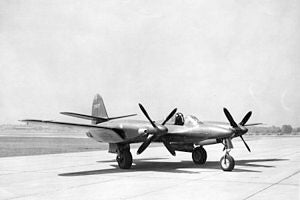 "ttyymmnn" (ttyymmnn)
"ttyymmnn" (ttyymmnn)
03/05/2015 at 14:16 • Filed to: planelopnik, planelopnik history
 13
13
 5
5
 "ttyymmnn" (ttyymmnn)
"ttyymmnn" (ttyymmnn)
03/05/2015 at 14:16 • Filed to: planelopnik, planelopnik history |  13 13
|  5 5 |
On March 5, 1936, one of the most iconic fighter aircraft of WWII, the Supermarine Spitfire, took to the skies for its maiden flight. Its powerful 12 cylinder Merlin engine, elliptical wing design, and graceful lines became powerful symbols of the RAF in WWII and beyond.
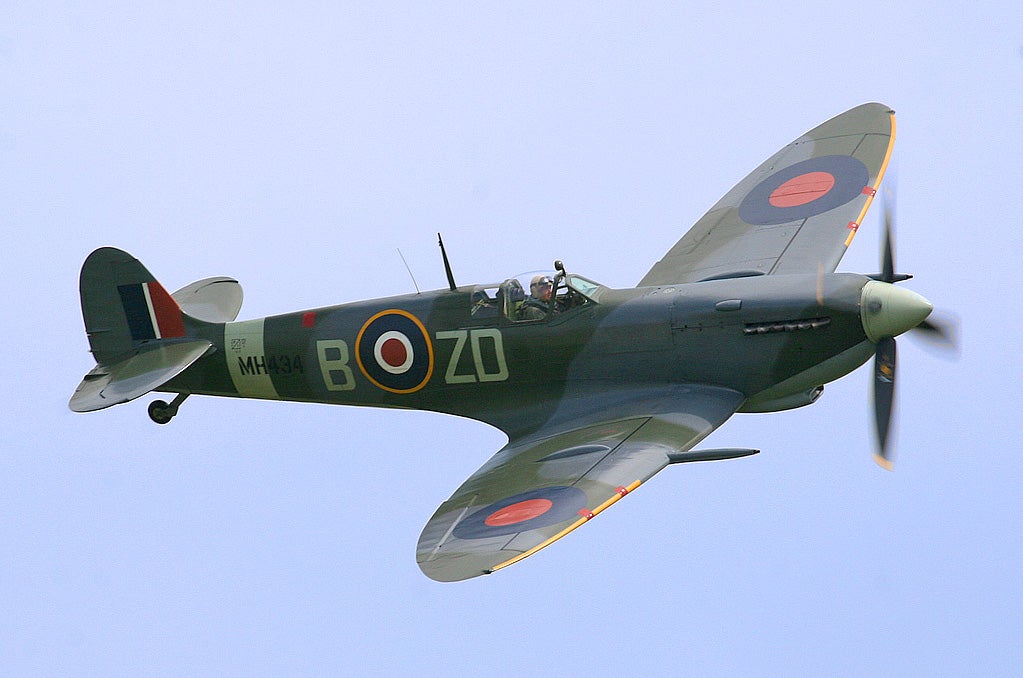
With war looming in Europe, the RAF needed to develop a new fighter that could intercept and defeat advanced German designs. R.J Mitchell of the Supermarine company, who had garnered much experience building fast planes from competing in the Schneider Trophy seaplane races, proposed the Type 300, a single engine, low wing monoplane with retractable landing gear. After significant modifications, including the addition of an enclosed cockpit, the Type 300 became the Spitfire. Upon landing after the first flight of prototype K5054, Vickers chief test pilot Capt. Joseph "Mutt" Summers reportedly said, "Don't touch anything."
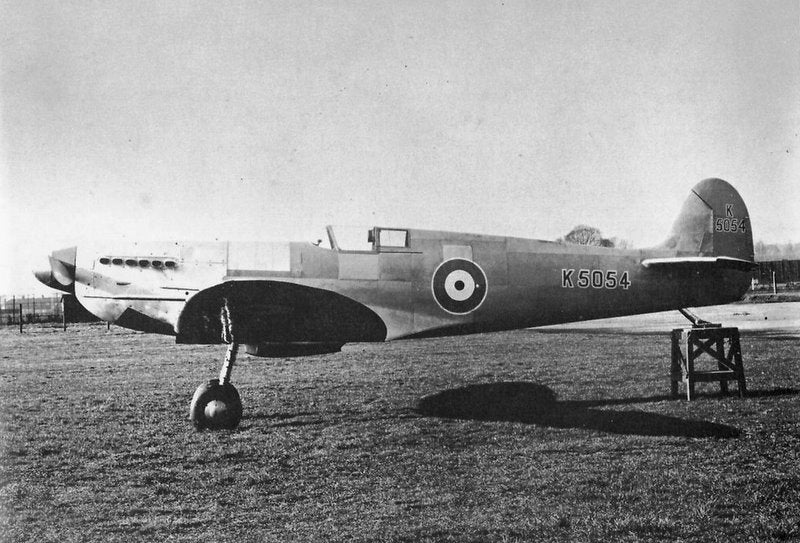
Spitfire prototype K5054
The Spitfire was originally powered by a Rolls Royce Merlin 12-cylinder engine providing 1,030 hp. Later models of the Spitfire would be powered by ever more powerful Merlins, and eventually the Spitfire received the Rolls-Royce Griffon engine which produced up to 2,340 hp. Unlike the fuel injected engines in use by the Luftwaffe, the Merlin had a carburetor. This made the Spitfire susceptible to fuel starvation in a nose over dive or inverted flight. Pilots learned to combat this problem by first half-rolling the aircraft before a dive. Later Griffon engines employed a pressure-injection carburetor designed to solve the problem of fuel starvation during inverted and negative-G flight.
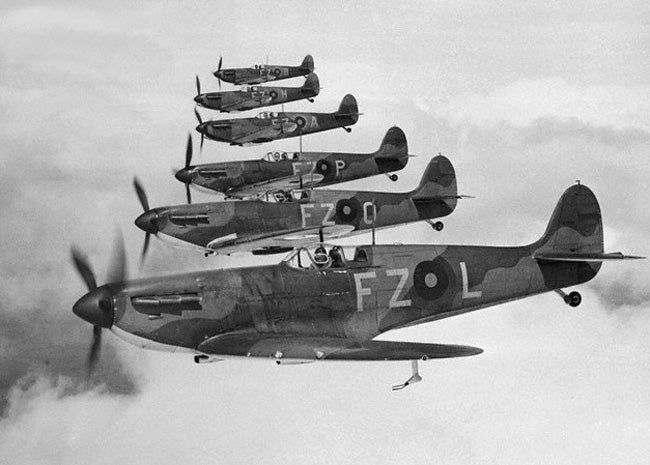
Spitfires over England during the Battle of Britain
During the Battle of Britain (July-October 1940), the Spitfire, along with Hawker Hurricane, faced the onslaught of the Luftwaffe. Though the Hurricane fought in greater numbers, the Spitfire became the better known fighter of the Battle. Ideally, the Hurricane, which was no match for the Messerschmitt 109, would go after the bombers, while the Spitfires tangled with the fighters. Head to head with the 109, the Spitfire pilot appreciated the firepower provided by its eight Browning .303 machine guns. While not as powerful as the canon used by the Germans, they could concentrate more firepower on the enemy.
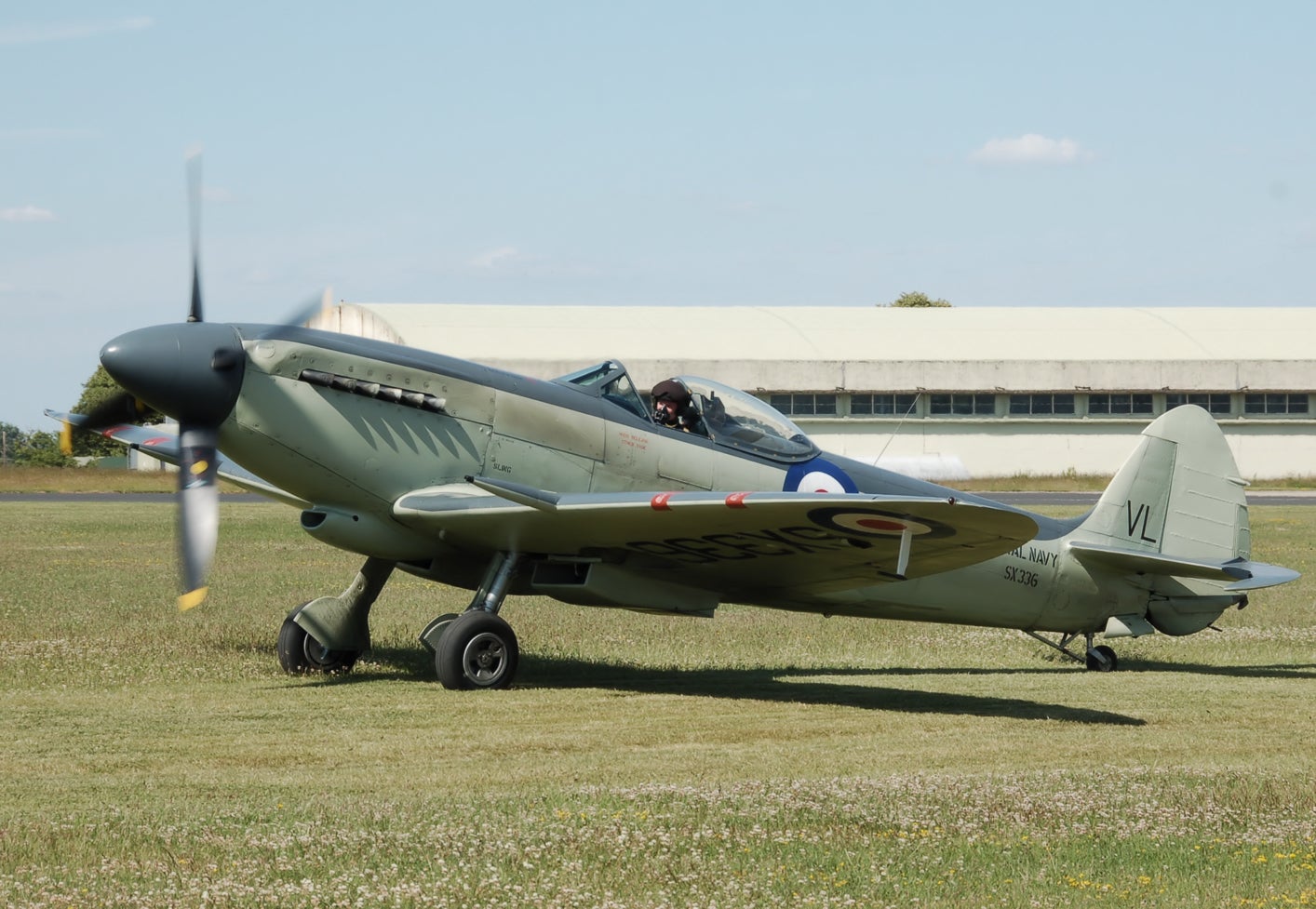
Supermarine Seafire
The Spitfire was continuously improved, and produced, throughout the war. Numerous variants were produced, including a carrier-based version which was nicknamed the Seafire. Exported Spitfires were flown by 35 countries around the world.
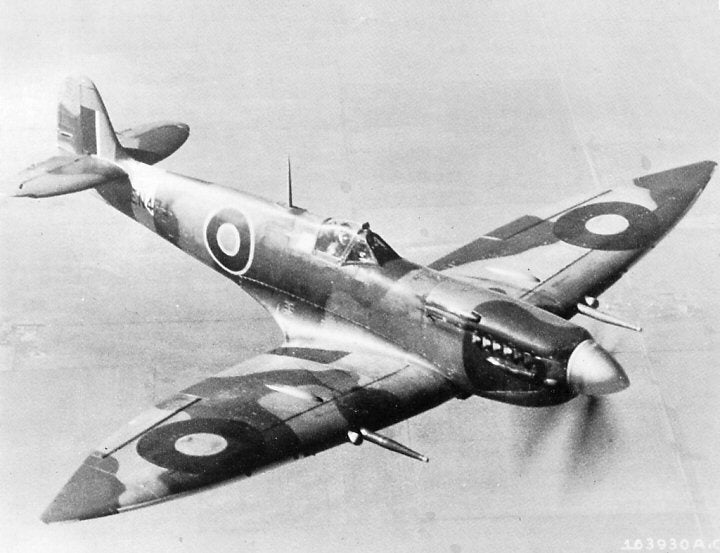
Spitfire H.F Mk. VII undergoing testing in the US. The extended wingtips for improved high-altitude performance
 For Sweden
> ttyymmnn
For Sweden
> ttyymmnn
03/05/2015 at 14:23 |
|
It's a bit campy, but The First of the Few is a great film about R.J. Mitchell, his work on Supermarine's racing program, and how that lead to the Spitfire (for anyone reading who doesn't already know).
 Axial
> ttyymmnn
Axial
> ttyymmnn
03/05/2015 at 15:15 |
|
Also for those who don't know, the Griffon was, at its core, a bored/stroked out Merlin, making it more or less a hot-rodded aero-engine.
The German answer was the DB.605, propelling the Bf.109 K4 to over 700 kph on MW50.
 ttyymmnn
> Axial
ttyymmnn
> Axial
03/05/2015 at 15:25 |
|
That's good info. I have to keep these little history lessons as brief as possible, otherwise it turns into a Wikipedia article, and nobody's got time to read that. I appreciate it when folks like you add extra tidbits like this. Thanks.
 dai-head-jai
> ttyymmnn
dai-head-jai
> ttyymmnn
03/05/2015 at 23:36 |
|
My favourite plane of all time.
 gmporschenut also a fan of hondas
> ttyymmnn
gmporschenut also a fan of hondas
> ttyymmnn
03/06/2015 at 00:03 |
|
Interesting write up on aircraft firepower
http://users.skynet.be/Emmanuel.Gusti…
Did you ever hear of the P-67?
